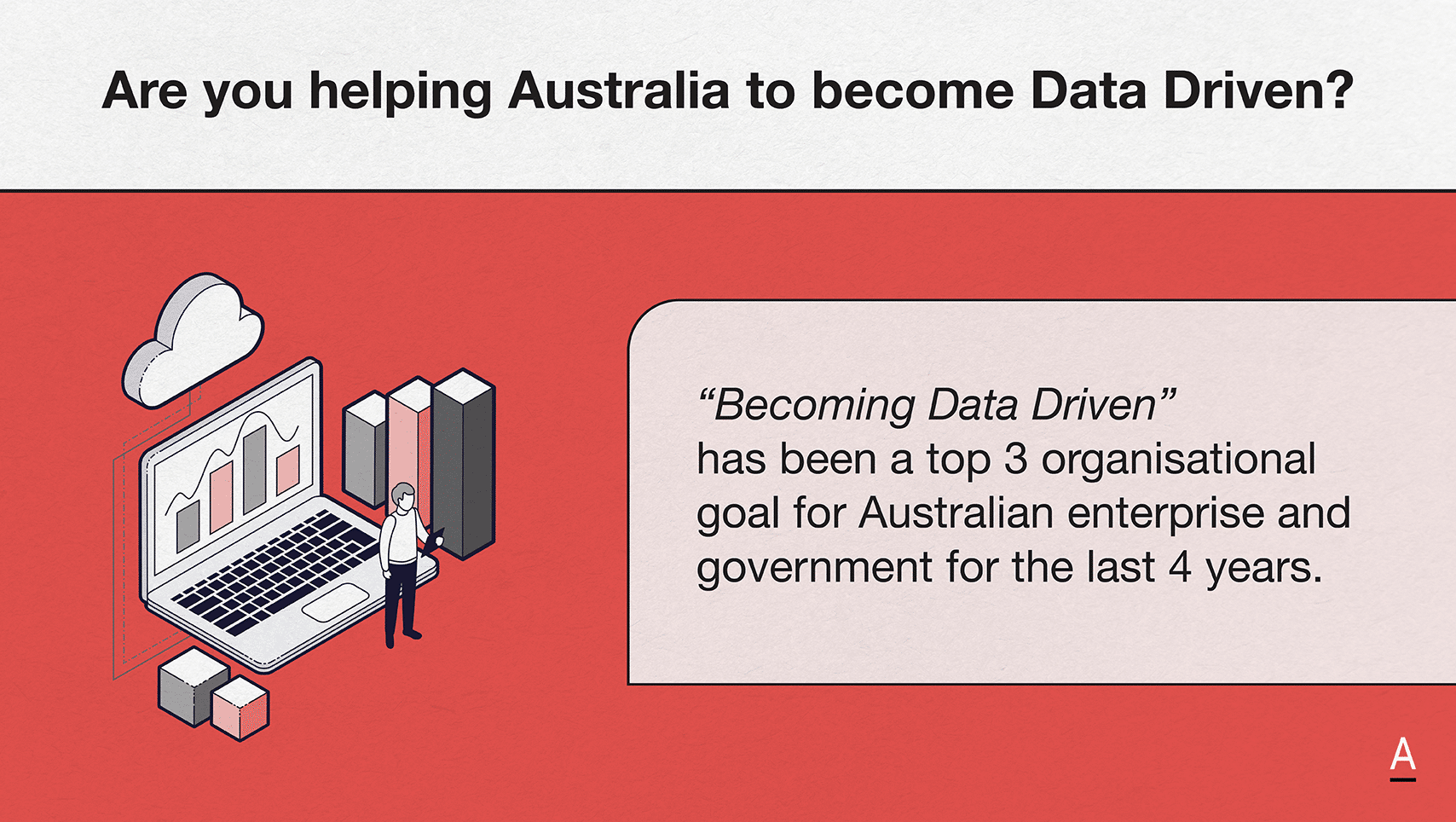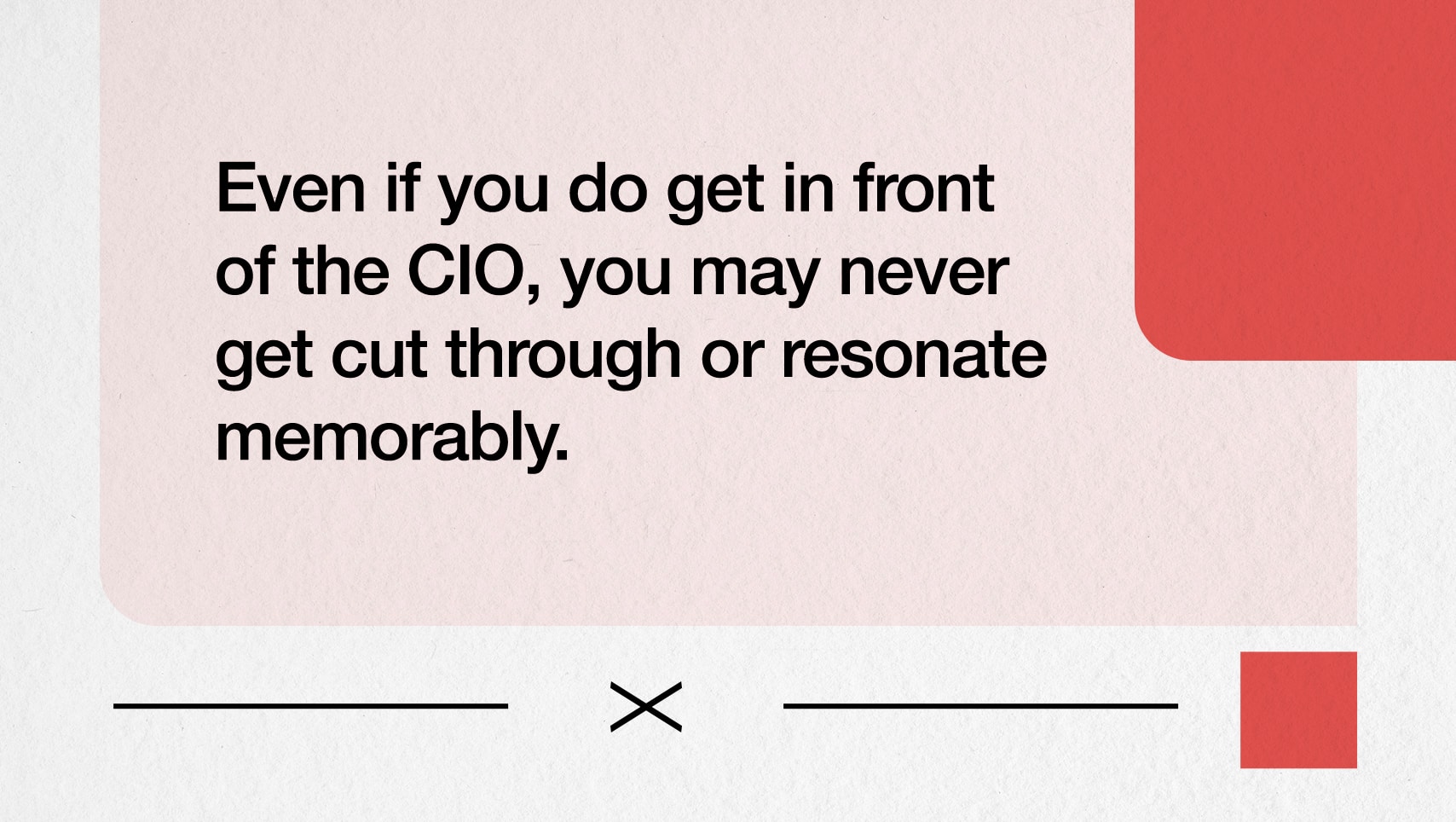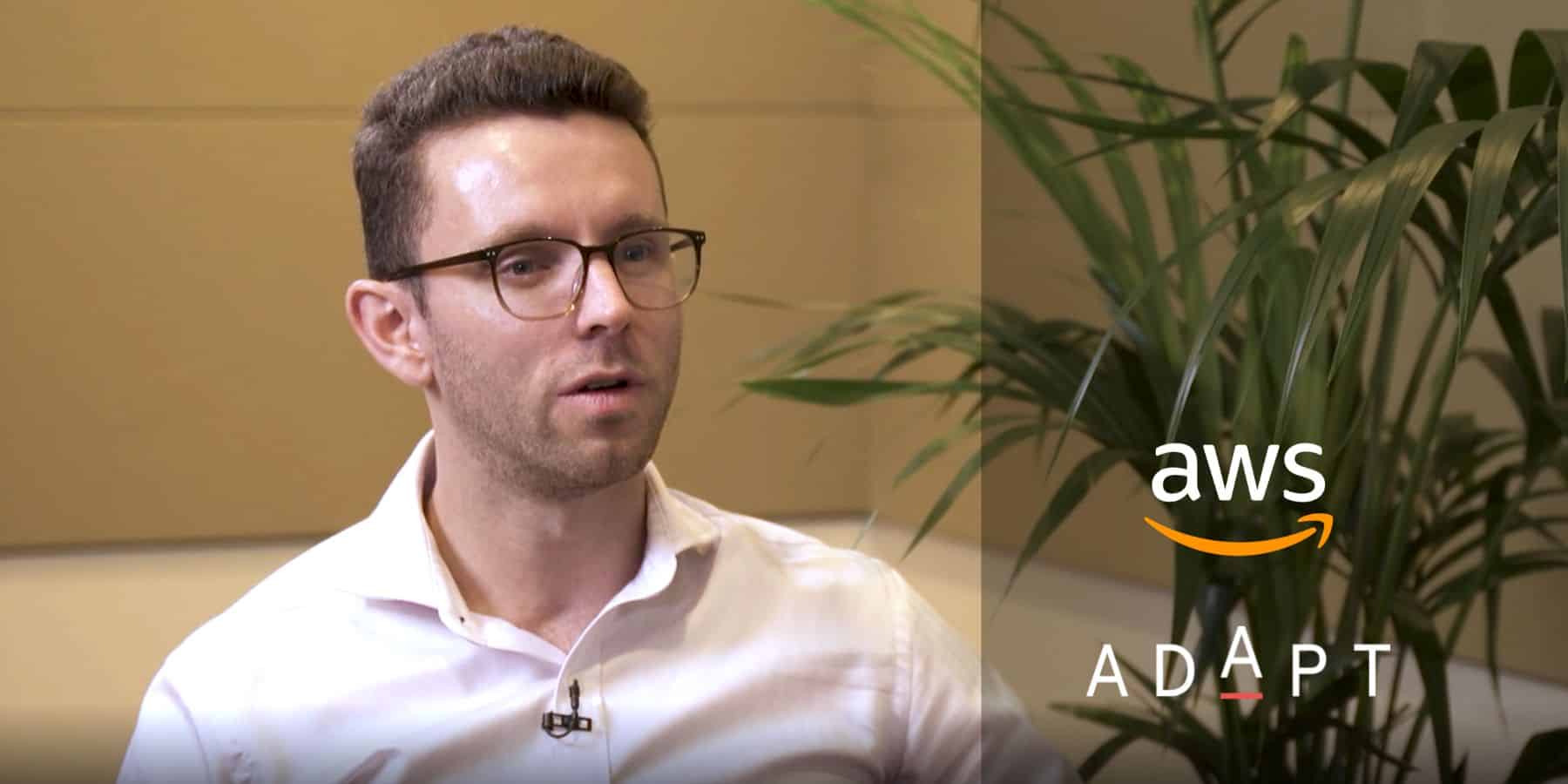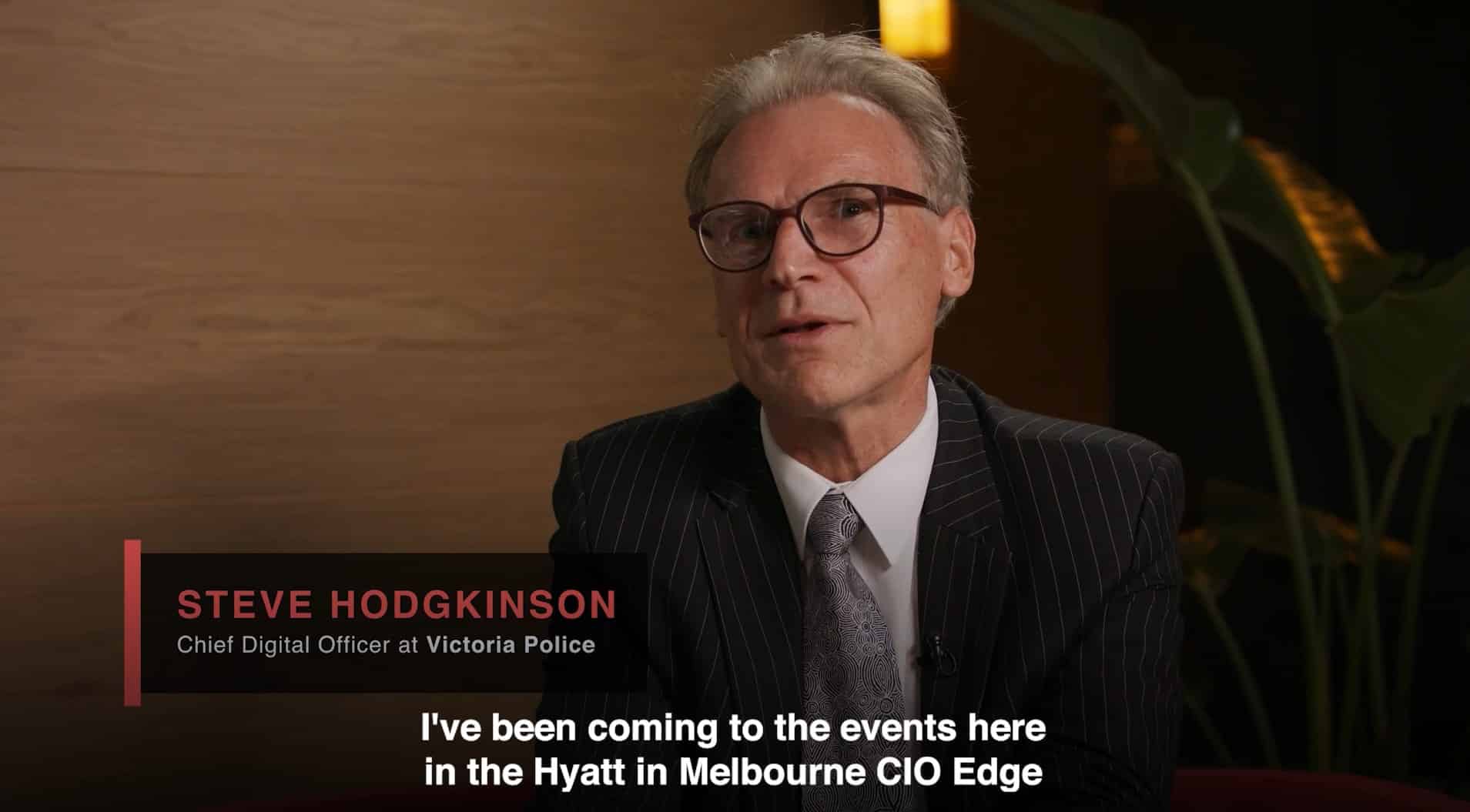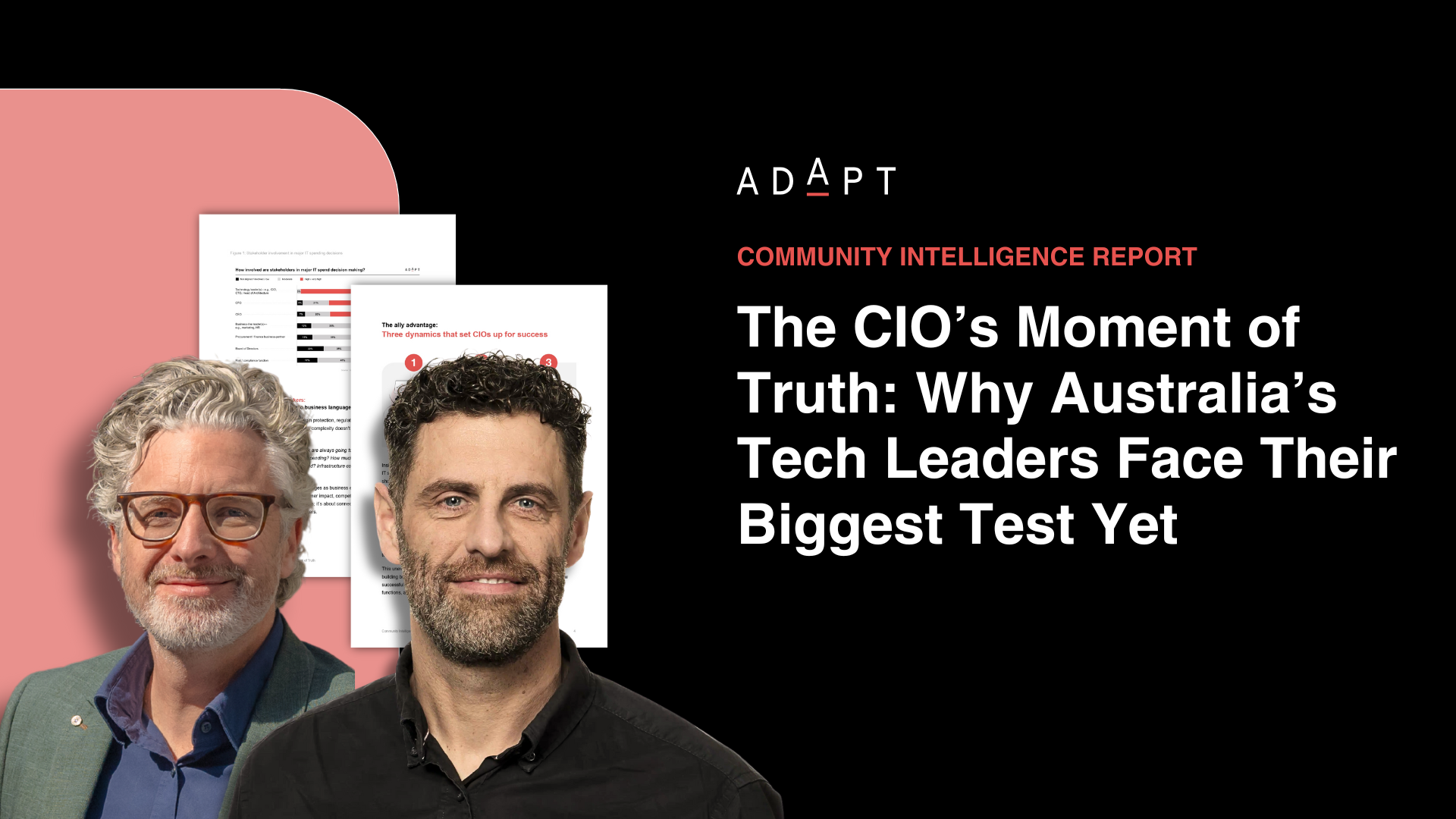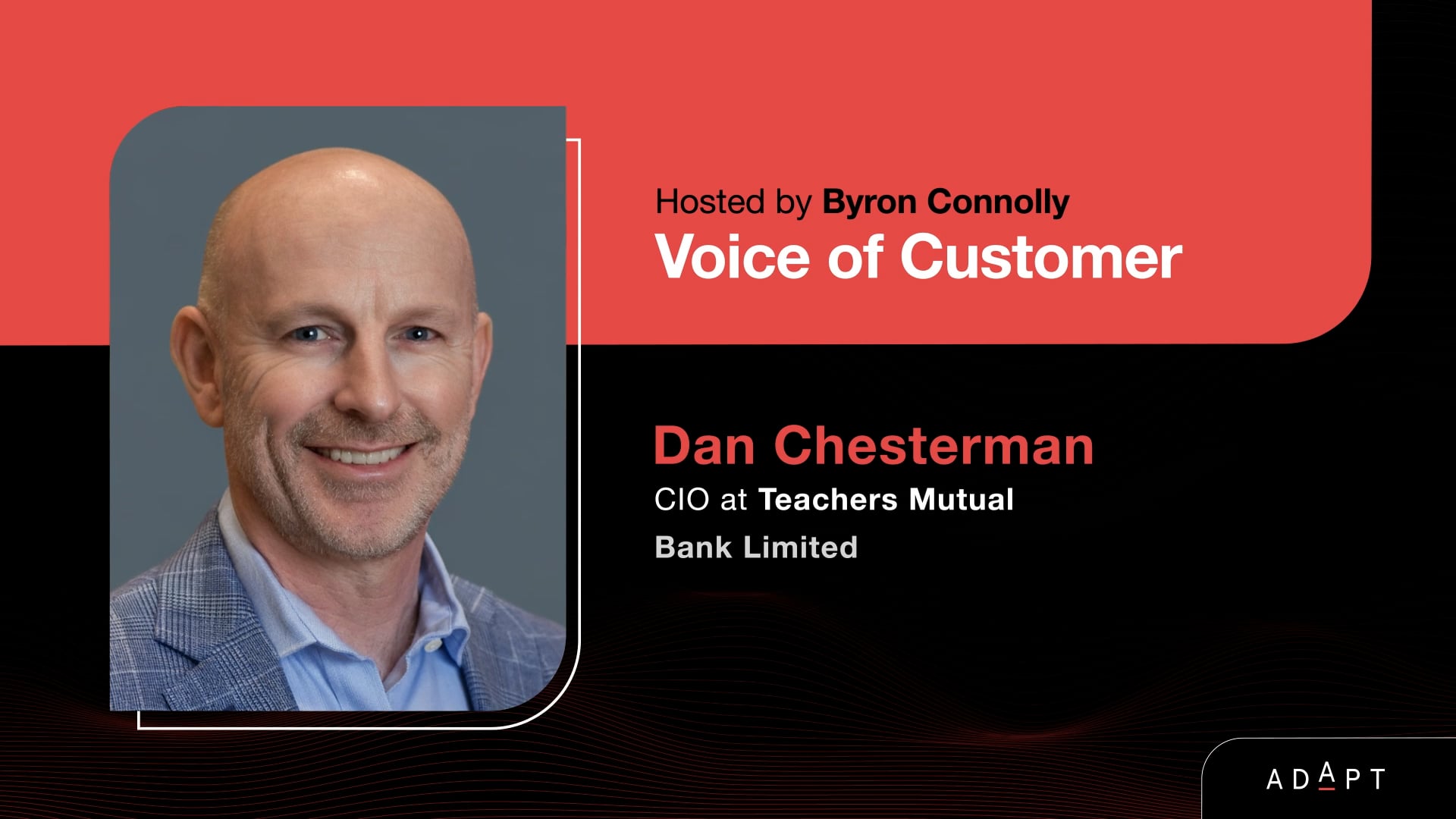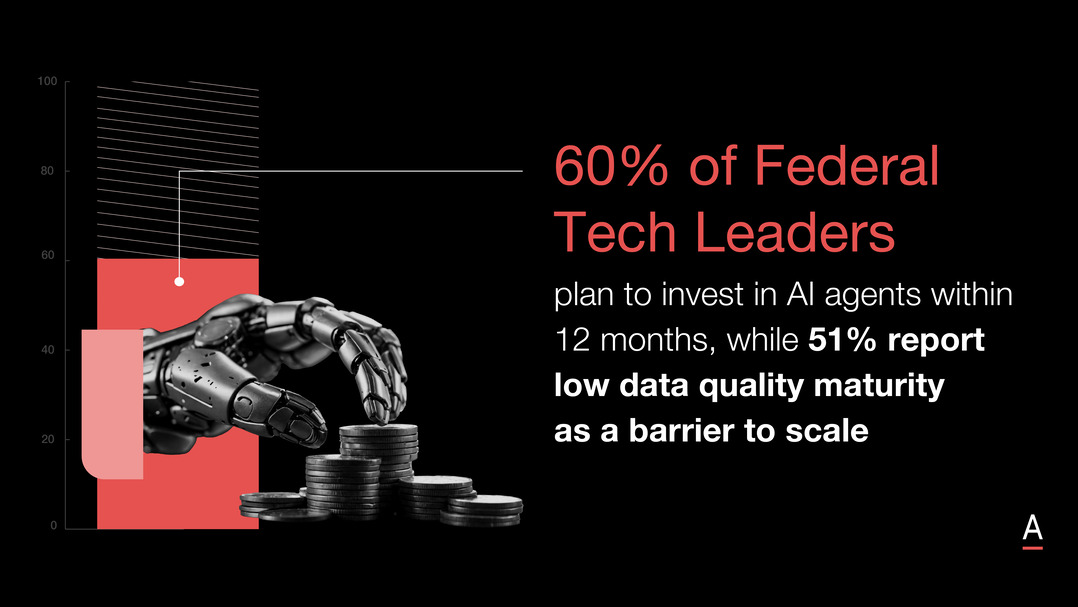If your tech can’t prove value in 12 months, it’s already too late
Australian CDOs want fast results, not future promises. Here’s what tech vendors must deliver now to win support, scale fluency, and reduce effort.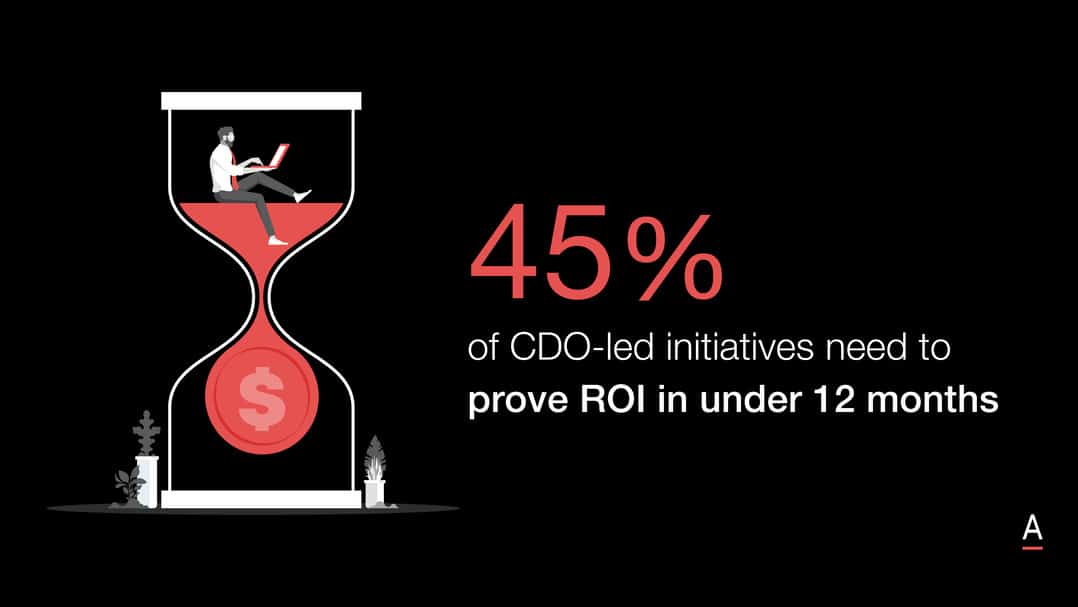
Chief Digital Officers face pressure that exceeds technology performance.
Across Australia, delivery expectations have outpaced traditional transformation cycles.
Boards measure value in twelve-month intervals.
Teams expect immediate traction. Users benchmark new tools against consumer-grade speed.
Under these constraints, vendors who lead with long-term architecture, deferred value, or theoretical advantage risk being ignored.
Product viability now hinges on what gets activated, adopted, and operationalised in year one.
In this landscape, execution becomes the only sales strategy that matters.
CDOs are buying outcomes, not architecture
The window for proving value has narrowed.
CDOs face pressure to demonstrate impact within the first year.
They will deprioritise long-term platform pitches unless those platforms come with execution pathways, real examples, and fast results.
Dawid Naude, Founder and CEO at Pathfindr, calls this mindset “AI-for-now.”
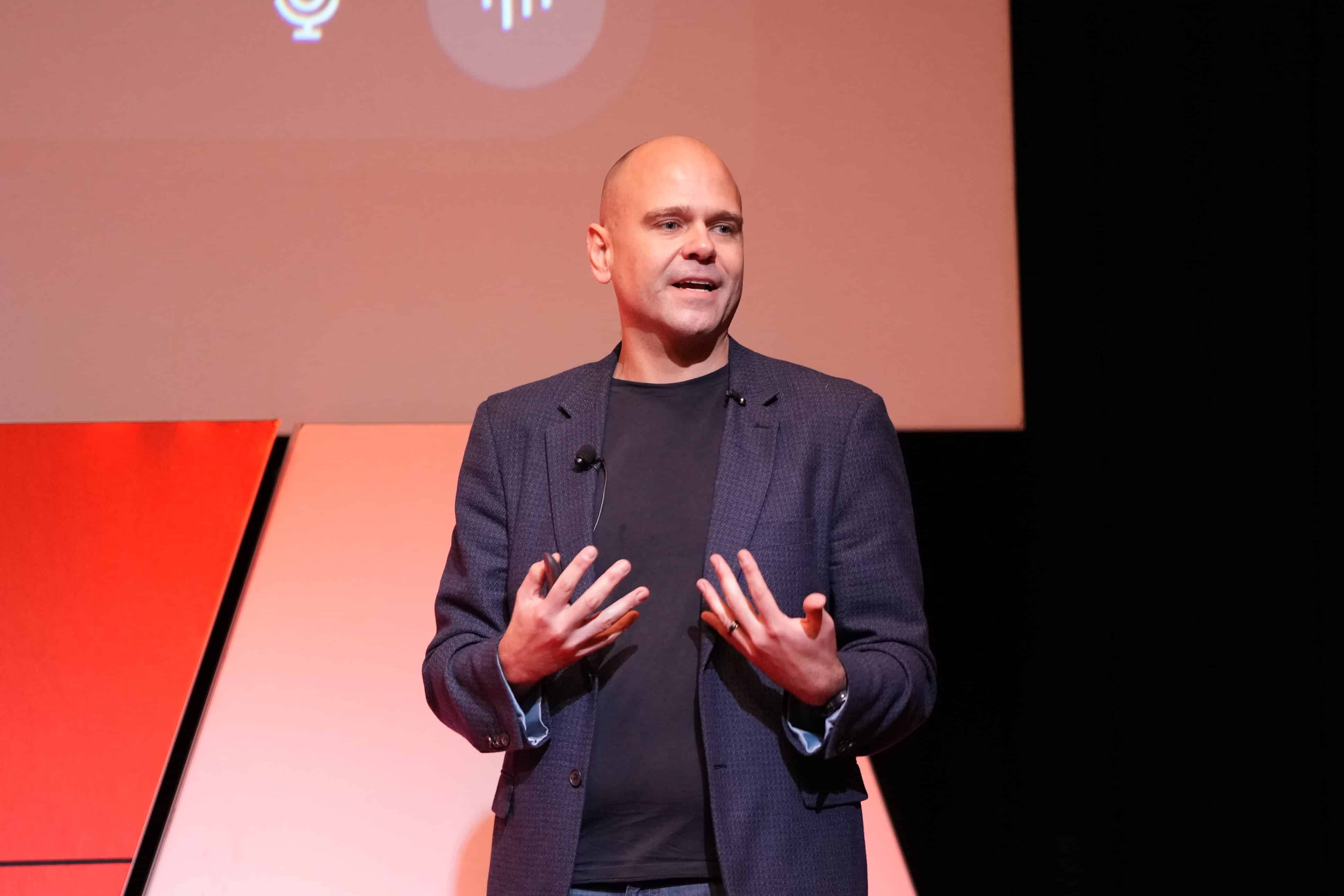
He shared enterprise examples where working prototypes delivered impact in under a week.
A voice agent at Honey Insurance cut call handling time.
Qantas used AI to automate flight package bookings. In agriculture, computer vision models powered dynamic campaign assets.
His message to vendors: stop building roadmaps, start delivering proof.
Gabby Fredkin, Head of Analytics and Insights at ADAPT, underscored the urgency.
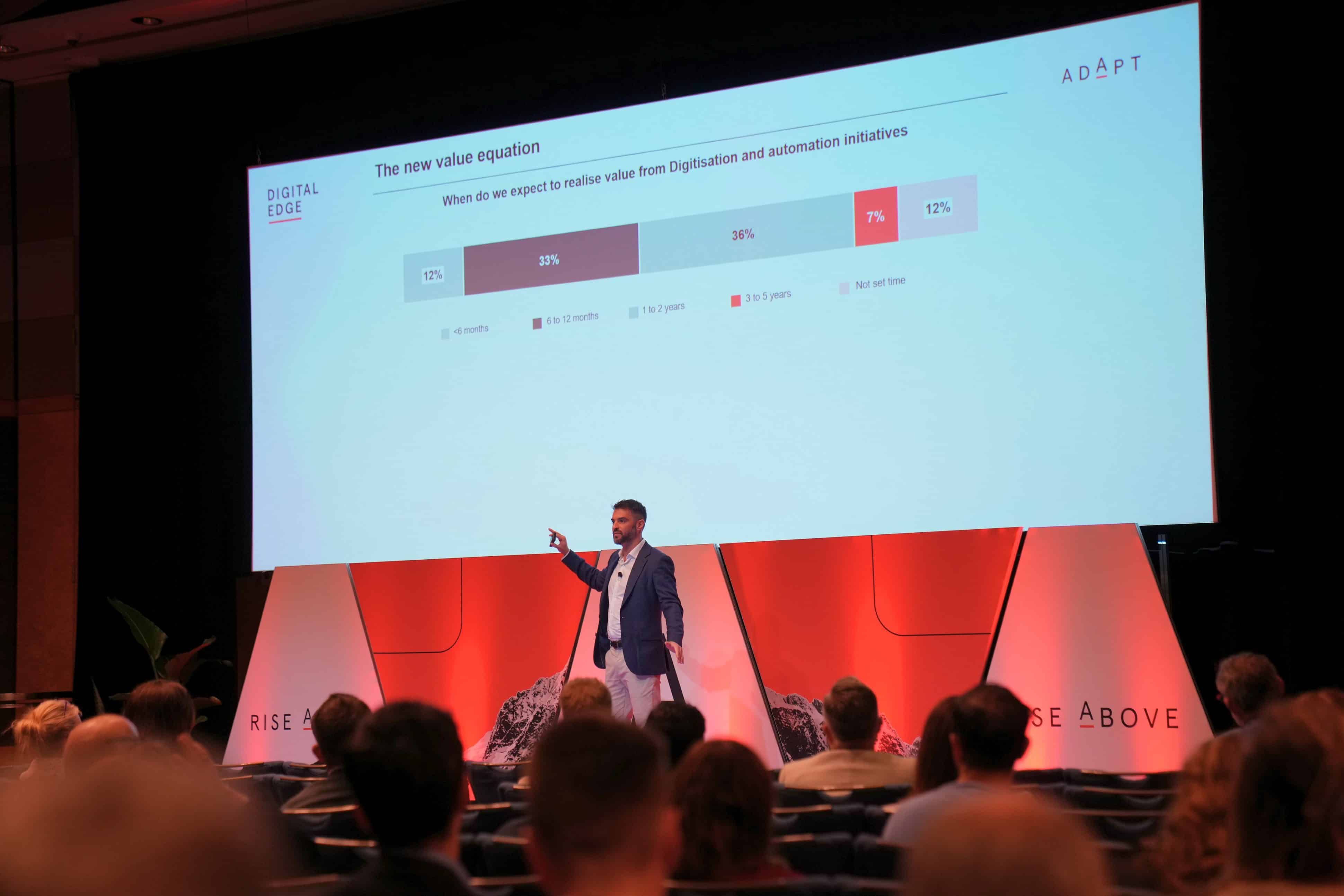
ADAPT data shows 80% of organisations struggle to convert data into customer value.
That friction limits transformation.
45% are also under pressure to deliver tech ROI in less than 12 months.
Vendors must shorten the path from purchase to impact. Speed and execution define value.
From enablement-as-a-service to fluency-as-a-feature
Buying the tool is easy.
The challenge is getting teams to use it, trust it, and deliver with it.
Fluency drives sustained outcomes.
Christina Igasto, Chief Digital Officer at ServiceNSW, explained that successful product rollouts depend on cultural capability.
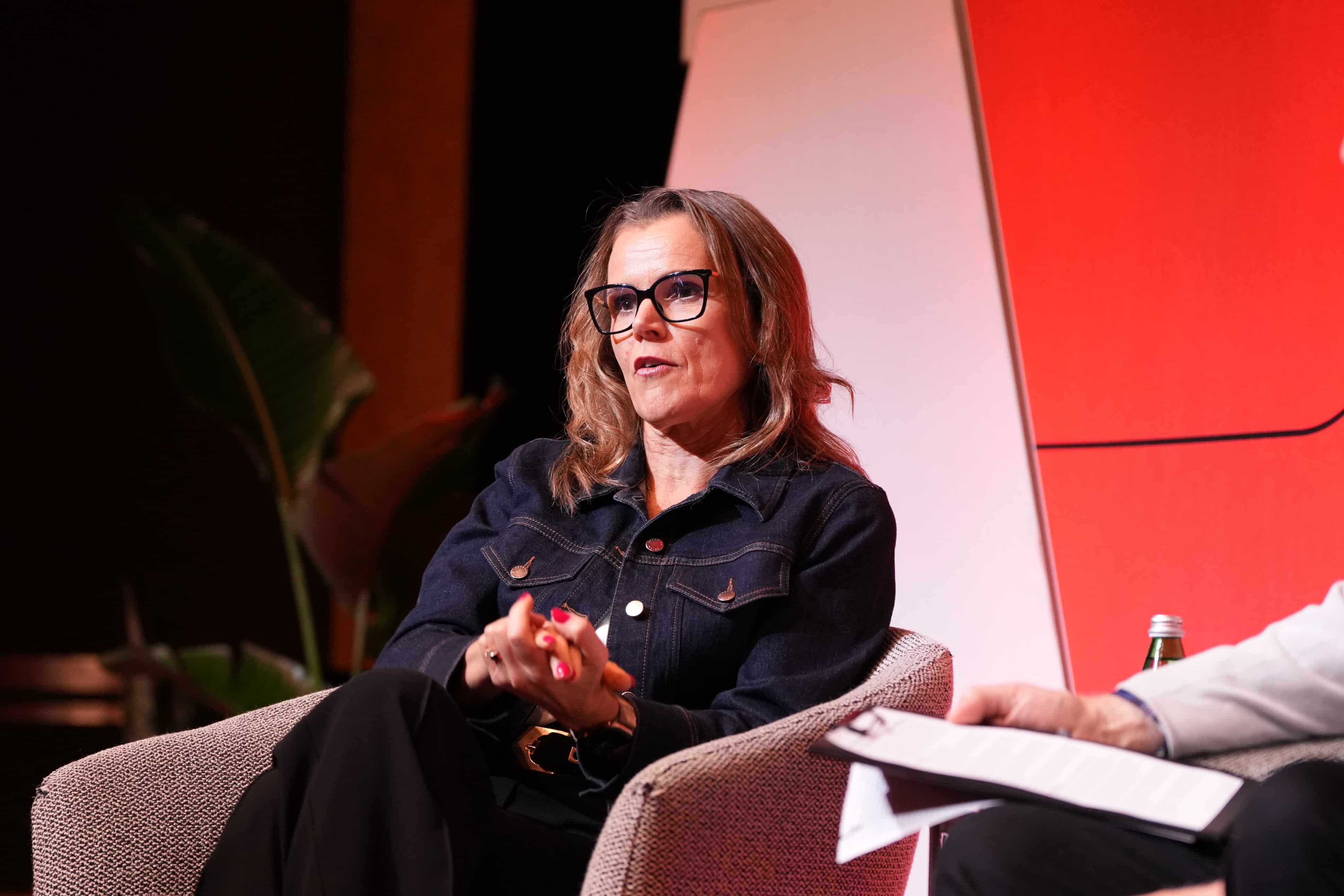
Her teams co-design across departments, aligning ethical guidelines, delivery speed, and user outcomes.
Internal training focuses on decision rights, customer empathy, and digital literacy.
Capability grows when people see how their work fits into impact.
Professor Marek Kowalkiewicz, Chair in Digital Economy at QUT Business School, reinforced this idea.
He warned against treating AI as a bolt-on initiative.
Instead, he described it as a new mode of intelligence that reshapes how work unfolds.
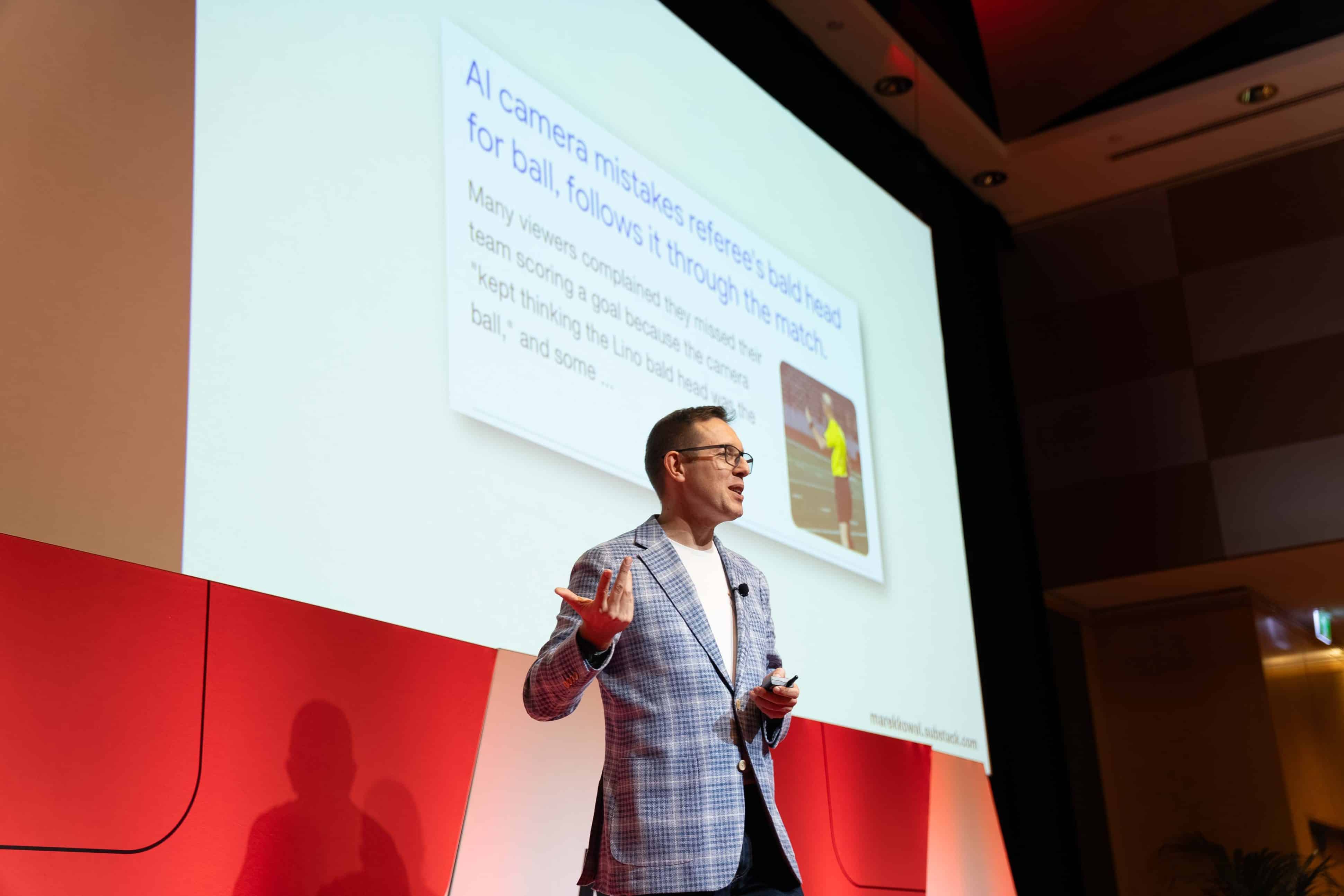
His session urged leaders to build risk fluency, domain-specific habits, and adaptive systems thinking.
AI fluency does not come from exposure alone. It comes from sustained, intentional interaction.
To add, Gabby Fredkin highlighted that the majority of digital teams still rely on a handful of experts to activate new tooling.
Without embedded literacy, impact stalls. CDOs are looking beyond dashboards.
They want vendors who deliver user capability, not just system capability.
From how it works to what it frees
Tools only deliver value when they reduce effort.
CDOs prioritise technologies that fade into workflows, accelerate delivery, and simplify action.
Katrina Read, Director of Transformation, APJ at ServiceNow, shared examples of automation and AI prompts that guide staff to compliant actions without extra layers.
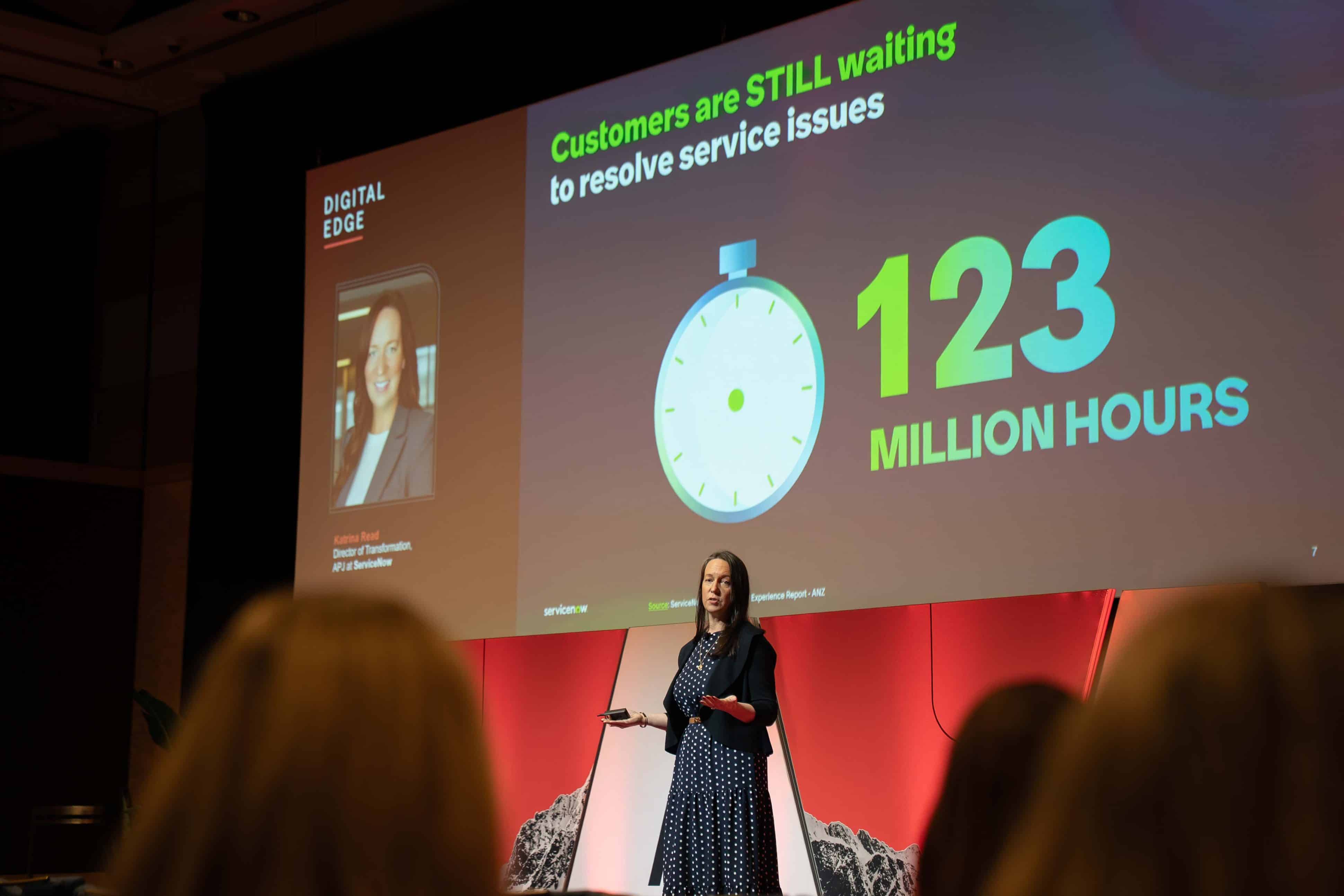
Systems reduce errors and remove bottlenecks when risk detection happens at the point of execution, not in post-check review cycles.
Her framing of real-time workflow automation shifts the role of tech from overseer to enabler.
David Avrin, President at The Customer Experience Advantage, linked this simplicity to reputation.
He argued that customers now judge organisations by ease of interaction.

Waiting damages trust. Delays translate to churn.
To stay relevant, businesses must earn responsiveness.
Tech vendors play a direct role in enabling that speed.
Meanwhile, Christina Igasto shared how her teams use natural language agents to help staff navigate more than 70 agency policies in real time.
These tools return verified answers and prevent errors without increasing cognitive load.
The best solutions make good decisions easy.
When technology removes friction, it moves from being a tool to being a partner.
That shift creates long-term traction without requiring long-term onboarding.
Time-to-impact has become the first test of relevance
Australian CDOs operate under shrinking timelines and rising delivery pressure.
Speed to value has replaced roadmap vision. What works now earns the mandate to scale.
Vendors succeed when they close the activation gap early.
That means embedding fluency into teams, baking compliance into workflows, and turning outcomes into defaults.
What earns attention in 2025 is not the promise of future capability, but the evidence of current traction.




